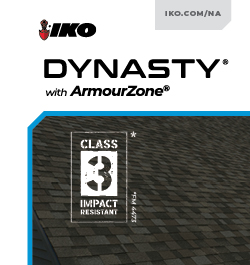Elements of the ideal fall protection plan

RCS Influencer Richard Carroll says an effective fall protection training program only educates workers but also emphasizes the critical importance of preventing falls in the workplace.
Training for fall protection is essential to ensure that workers understand the importance of safety measures and effectively implement them. Here's a structured approach to developing an effective fall protection training program:
1 - Understand regulatory requirements
- OSHA standards: Familiarize yourself with OSHA regulations (e.g., OSHA 29 CFR 1926.500-503 for construction) or other relevant local regulations. Ensure that your training program meets or exceeds these standards.
2 - Assess the workplace
- Hazard identification: Conduct a thorough assessment of the workplace to identify potential fall hazards. Consider the height of work, the surfaces being worked on and any equipment used.
3 - Develop a comprehensive training program
- Training content:
- Fall hazards: Explain common fall hazards (e.g., unprotected edges, holes, slippery surfaces).
- Types of fall protection: Cover different fall protection systems (e.g., guardrails, personal fall arrest systems, safety nets).
- Equipment use: Demonstrate the proper use, inspection and maintenance of fall protection equipment.
- Rescue procedures: Train workers on what to do if a fall occurs, including rescue operations and emergency procedures.
- Training methods:
- Classroom instruction: Use presentations, videos and discussions to explain concepts.
- Hands-On training: Provide practical demonstrations of fall protection equipment and techniques.
- Simulations: Create realistic scenarios where workers can practice using fall protection systems in a controlled environment.
4 - Emphasize the importance of fall protection
- Real-Life examples: Share case studies or real-life incidents where fall protection saved lives or, conversely, where its absence led to serious injuries or fatalities.
- Statistics: Present statistics on workplace falls, emphasizing the frequency and severity of accidents.
- Interactive discussions: Engage workers in discussions about the consequences of falls and the importance of compliance with safety protocols.
5 - Encourage a safety culture
- Management commitment: Ensure that management leads by example, consistently following and enforcing fall protection measures.
- Worker involvement: Encourage workers to take responsibility for their own safety and that of their coworkers. Foster an environment where they feel comfortable reporting hazards or unsafe practices.
Contact Carroll Consulting for more information: info@ccgrp.online
Rich Caroll is a business owner in the roofing industry. Read his full bio here.























Comments
Leave a Reply
Have an account? Login to leave a comment!
Sign In